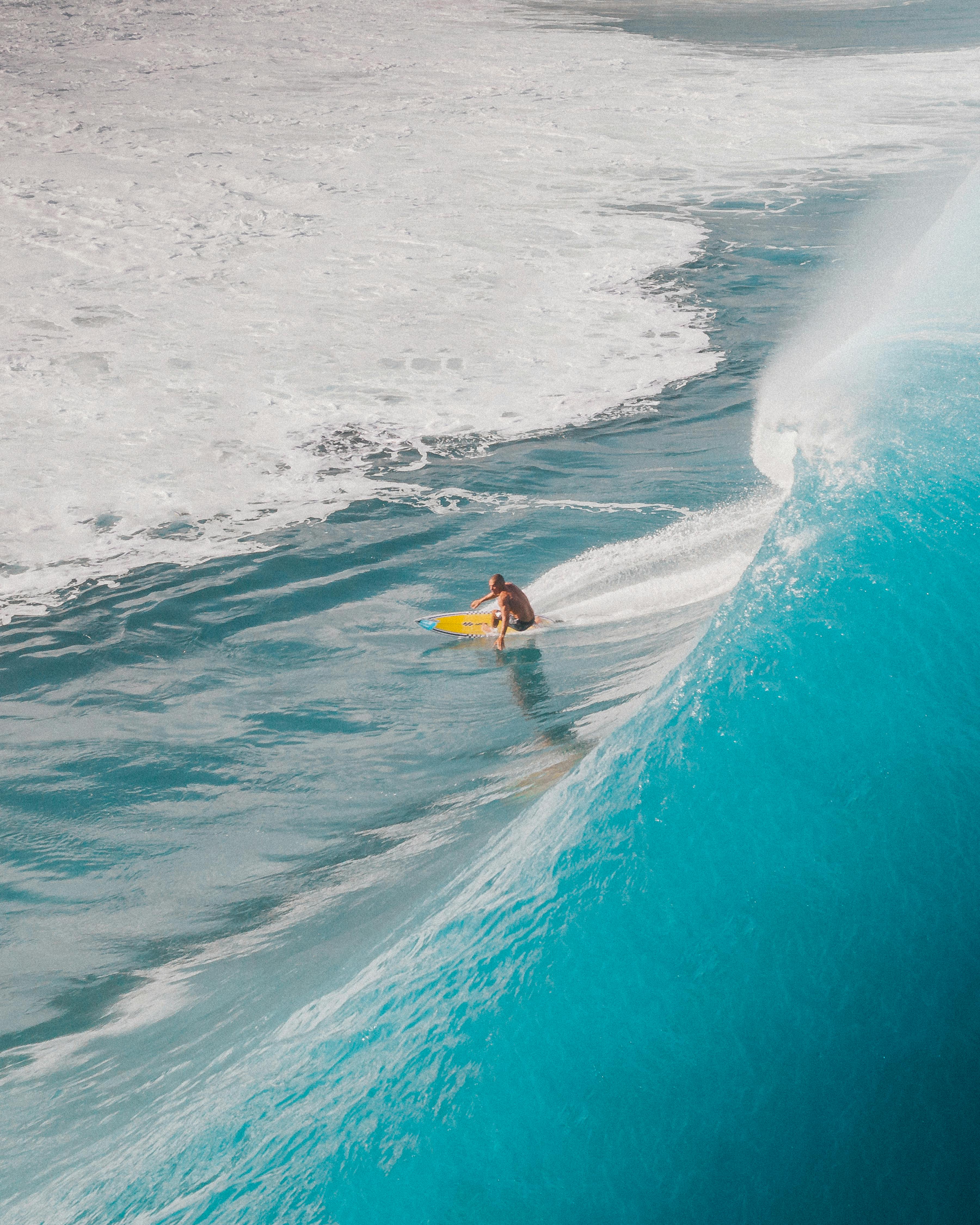Making the Switch – How to Transition Off a Softboard Without Killing Your Stoke
Softboards are perfect for getting started – but eventually, you’ll want more performance, more speed, and more control. That’s when the switch to a hardboard starts to feel tempting.
The problem? Most surfers switch too soon – or to the wrong board – and end up catching fewer waves, feeling unstable, and losing confidence.
Here’s how to make the transition smoother.
1. Don’t Ditch the Foam Too Early
If you’re not consistently catching waves and popping up cleanly, you’re not ready to go smaller.
Softboards are fun, safe, and floaty – which means more waves and more practice. Don’t let impatience slow your progression.
2. Start with a Big, Forgiving Hardboard
Your first hardboard shouldn’t be a narrow performance shortboard.
Instead, look for:
– A mid-length with volume
– A wide nose
– Low rocker
– EPS (epoxy) construction for extra float
The goal is to keep your wave count up while learning how a hardboard trims, glides, and turns.
3. The Conditions Matter More Than You Think
If the waves are weak, softboards win every time.
Make the switch when the waves have some push – not when it’s knee-high slop. That way, the hardboard actually performs and gives you feedback.
Wrong board + wrong conditions = instant frustration.
4. Expect a Learning Dip
When you first switch, your wave count might drop. That’s normal.
Stick with it, choose good conditions, and know that the skills will come. Think of it as a short-term tradeoff for long-term gains in performance and flow.
5. Try Before You Buy
If you can, rent a few shapes or swap boards with friends.
This helps you feel the difference between rails, outlines, and construction before committing. The right board should feel like a small challenge – not a total reset.
TRAX Helps You Know When You’re Ready — And What’s Actually Working
When you switch boards, it can be hard to tell what’s improving and what’s just unfamiliar.
TRAX tracks your weight shifts, wave count, pop-up speed, and overall flow – so you’ll know when the new board is helping or holding you back. It’s like feedback for your gear, not just your technique.
Sign up now for early access.
Why Most Surfers Choose the Wrong Board – And What to Do Instead
What Board Should You Ride as a Beginner? – Learn Why Going Too Small Too Soon Kills Progress

.jpg)






